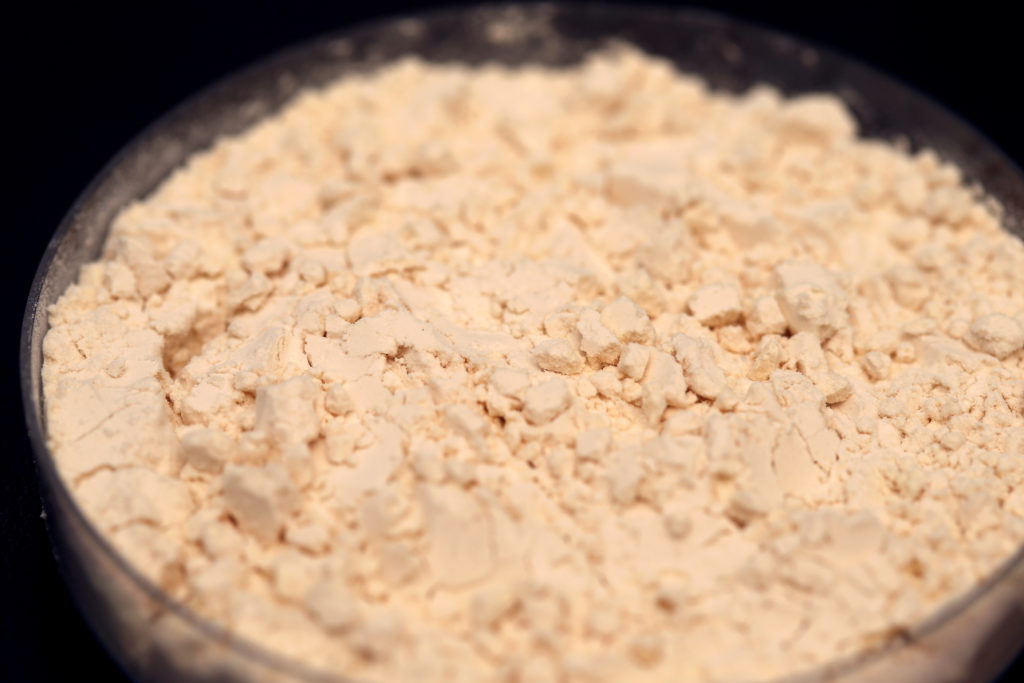For many, protein powder is a go-to for muscle building, recovery, or simply boosting daily nutrient intake. It’s often seen as a cornerstone of a healthy, active lifestyle. So, when news breaks about potential contaminants in these popular supplements, it rightly grabs our attention. A recent report has sounded an alarm, finding concerning levels of lead in some protein powders, prompting a pharmacologist to weigh in on the data and its implications on PBS. This isn’t just about labels; it’s about understanding what goes into our bodies and how substances, even in seemingly small amounts, can impact our health.
The Unsettling Truth: Lead’s Presence in Popular Powders
The report’s findings are a stark reminder that “natural” doesn’t always equate to “safe.” It identified specific brands and product types containing detectable and, in some cases, alarmingly high levels of lead. But why is lead a concern? Unlike some nutrients, there is no known safe level of lead exposure for humans. It’s a potent neurotoxin that can accumulate in the body over time, affecting virtually every organ system. Chronic exposure, even to low levels, can lead to cognitive impairment, developmental issues, kidney damage, and reproductive problems. Children and pregnant individuals are particularly vulnerable, as lead can cross the placenta and impact developing brains and bodies.
Pinpointing the exact source of lead in supplements can be complex. It often stems from the raw ingredients themselves, absorbed from contaminated soil where plants are grown, or introduced during manufacturing processes. Heavy metals, unfortunately, are pervasive in our environment. When these raw materials are concentrated to create protein isolates, any existing contaminants can become more concentrated too, presenting a silent, insidious risk to regular users.
A Pharmacologist’s Perspective: Navigating Regulatory Gaps
Understanding the implications of these findings requires a look through a pharmacologist’s lens. Their expertise helps us differentiate between trace amounts and clinically significant exposures, as well as the unique challenges presented by the supplement industry. Unlike pharmaceuticals, dietary supplements in many countries, including the U.S., aren’t subject to the same rigorous pre-market approval and testing by regulatory bodies. This means the onus often falls on manufacturers to ensure safety, and on third-party organizations or investigative reports to uncover potential issues.
A pharmacologist would emphasize that the danger isn’t just about a single dose, but about cumulative exposure over time. Someone consuming lead-contaminated protein powder daily could be slowly increasing their body’s lead burden without realizing it. As one pharmacologist noted, “The critical takeaway here is understanding the long-term, cumulative exposure, especially for individuals who rely on these supplements as a regular part of their diet. It’s not just about what’s in a single scoop, but what accumulates over weeks, months, or even years.” This perspective underscores the need for greater transparency and more stringent testing across the industry, moving beyond just compliance with minimum standards.
Moving Forward: Informed Choices for Health
This report serves as a vital wake-up call for consumers and manufacturers alike. For those who incorporate protein powders into their routine, it’s a strong signal to become more discerning. Look for brands that clearly state they conduct independent, third-party testing for heavy metals and other contaminants. Seek out certifications that indicate adherence to higher quality standards. Don’t hesitate to contact manufacturers directly to ask about their sourcing and testing protocols. Diversifying your protein sources, incorporating whole foods, and consulting with a healthcare professional or registered dietitian can also provide valuable guidance.
Ultimately, while protein powders can be a convenient tool, this revelation reminds us that our health hinges on vigilance and informed choices. It’s a powerful call for industry self-regulation and, perhaps, more robust regulatory oversight to ensure the products marketed for our well-being truly live up to that promise.




